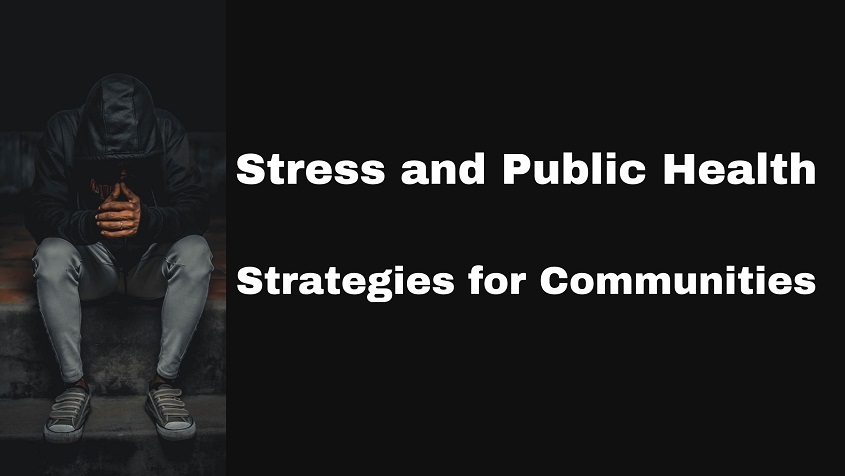Stress and Public Health: Strategies for Communities
Stress is a prevalent issue affecting individuals across all walks of life, impacting their mental, emotional, and physical well-being.
Addressing this challenge at a community level as stress levels rise becomes even more critical.
Communities play a major role in shaping the health and well-being of their residents. By implementing effective strategies and fostering a supportive environment, communities can empower individuals to manage stress, improve their quality of life, and enhance public health.
This article explores the intersection of stress and public health, offering insights and strategies for communities to positively impact their members’ well-being.
Understanding the Impact of Stress on Public Health
Mental Health Concerns: Chronic stress is linked to a higher risk of the mental health issues such as anxiety, depression, and burnout.
Physical Health Consequences: Prolonged stress can contribute to various physical ailments, including heart disease and immune system suppression.
Reduced Productivity: Stress can decrease productivity and engagement, affecting personal and professional lives.
Social Disconnection: High stress levels can lead to social isolation, further exacerbating mental and emotional challenges.
Strategies for Community-Based Stress Management
Promote Education and Awareness
Educate community members about the impacts of stress on health. Raise awareness through workshops, seminars, and informational campaigns.
Create Safe Spaces for Dialogue
Foster open conversations about stress, mental health, and coping strategies. Create safe spaces where an individual can share their experiences.
Offer Accessible Mental Health Resources
Ensure that community members have access to mental health resources, including counseling services, helplines, and support groups.
Encourage Physical Activity
Organize community fitness initiatives, such as walking groups or outdoor yoga sessions, to promote physical activity and stress reduction.
Cultivate Green Spaces
Create and maintain green spaces, parks, and community gardens. Nature has a calming effect and promotes relaxation.
Promote Social Connections
Organize social events and community gatherings to foster connections and combat social isolation.
Implement Stress-Reduction Workshops
Host workshops on stress management techniques, such as mindfulness, meditation, and deep breathing.
Provide Work-Life Balance Support
Collaborate with local businesses to promote work-life balance practices and encourage flexible working arrangements.
Offer Community Outreach Programs
Develop programs that support vulnerable populations, addressing their unique stress-related challenges.
Collaborate with Healthcare Professionals
Partner with healthcare providers to offer screenings, assessments, and access to the medical professionals who can address stress-related concerns.
Conclusion
The well-being of a community is closely intertwined with the health of its members. Addressing stress at a community level makes it possible to create an environment that supports individuals in managing stress and maintaining optimal health.
Through education, resource provision, and community-building efforts, communities can empower their members to adopt healthier coping strategies, reduce stress levels, and improve their overall quality of life.
As communities come together to prioritize stress management and mental well-being, they contribute not only to the health of individuals but also to the resilience and vitality of the entire community.
Thanks for visiting How To Cure Stress

